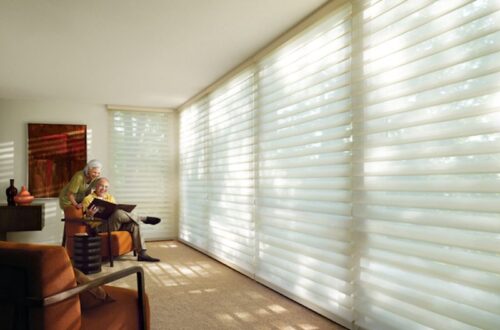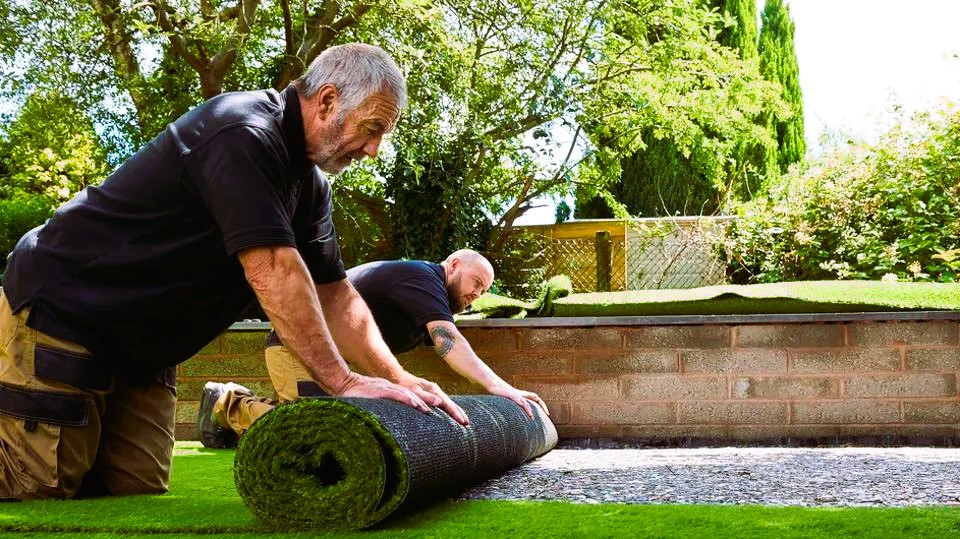Sustainability isn’t a buzzword anymore—it’s the new normal. As we move deeper into 2025, the construction industry is undergoing a green transformation. At the heart of this shift? Recycled building materials.
Whether you’re designing your dream home, renovating a commercial space, or leading a major development project, using recycled materials isn’t just about being eco-conscious. It’s also about reducing costs, minimizing waste, and meeting modern green building codes without sacrificing quality or design.
Why Recycled Building Materials Matter
Choosing recycled materials brings a number of powerful benefits:
- Lower carbon footprint: Traditional construction contributes significantly to global emissions. Recycled materials help offset that.
- Less landfill waste: Repurposing existing materials reduces the mountains of debris from construction and demolition.
- Preserved natural resources: Cuts down on mining, deforestation, and overuse of virgin raw materials.
- Government incentives: Many local and federal governments now offer rebates, tax breaks, or certification points for using sustainable materials.
Top 10 Recycled Building Materials You’ll See More of in 2025
1. Reclaimed Wood
Sourced from old barns, factories, and homes, reclaimed wood brings warmth, history, and sustainability to any space.
Why it’s great:
- No need to harvest new lumber
- Rich character and grain
- Great for floors, beams, siding, and custom furniture
2. Recycled Steel
Steel is one of the most recycled materials on Earth, and it’s making a major comeback in framing, roofing, and reinforcement.
Why it’s great:
- Extremely strong and fire-resistant
- Can be recycled endlessly with no loss in quality
- Ideal for structural work
3. Plastic Composite Lumber
Created by combining recycled plastic (like bottles) with wood fibers, this lumber alternative is a top choice for outdoor use.
Why it’s great:
- Doesn’t rot or splinter
- Low maintenance
- Perfect for decks, fences, and outdoor trim
4. Recycled Glass Concrete Aggregate
Crushed glass replaces gravel or sand in concrete, adding a colorful, glossy texture and reducing mining impacts.
Why it’s great:
- Unique, decorative look
- Durable and non-toxic
- A great way to reuse non-biodegradable waste
5. Recycled Rubber (Tire-Based)
Old tires are shredded and reused in flooring, paving, and even soundproofing.
Why it’s great:
- Weather- and slip-resistant
- Excellent shock absorption
- Often used in gyms, playgrounds, or driveways
6. Recycled Brick and Masonry
Salvaged bricks and stones from demolition sites can be cleaned and reused in both structural and decorative ways.
Why it’s great:
- Adds historic charm
- Reduces energy used in manufacturing new materials
- Perfect for patios, facades, and accent walls
7. Cellulose (Paper-Based) Insulation
Made from recycled newspaper and cardboard, this insulation is treated to resist pests, fire, and moisture.
Why it’s great:
- Excellent thermal performance
- Affordable
- Great for attics, walls, and floors
8. Recycled Aluminum
Often reclaimed from cans or old siding, recycled aluminum is used in windows, roofing, and cladding.
Why it’s great:
- Lightweight and corrosion-resistant
- Saves 95% of the energy needed to produce new aluminum
- Long-lasting and stylish
9. Plastic Bottle Bricks (Eco-Bricks)
PET bottles filled with non-recyclable waste become durable bricks used in low-cost structures.
Why it’s great:
- Diverts plastic from landfills
- Extremely affordable
- Ideal for non-load-bearing projects like garden walls or sheds
10. Crushed Concrete (Recycled Concrete Aggregate)
Old concrete is broken down and reused as base material in new construction.
Why it’s great:
- Reduces demand for new gravel
- Lowers construction costs
- Used for roads, pathways, and foundations
Comparison Table: Recycled Materials at a Glance
| Material | Common Use Cases | Cost vs. New | Durability | Eco Benefit Score* |
|---|---|---|---|---|
| Reclaimed Wood | Flooring, beams, furniture | $$ | High | 9/10 |
| Recycled Steel | Framing, roofing, reinforcement | $$$ | Very High | 10/10 |
| Plastic Composite Lumber | Decks, fences, exterior trim | $$ | Medium-High | 8/10 |
| Glass Concrete Aggregate | Countertops, concrete mixes | $ | Medium | 7/10 |
| Recycled Rubber | Flooring, paving | $ | Medium | 7/10 |
| Recycled Brick | Walls, patios, landscaping | $ | High | 9/10 |
| Cellulose Insulation | Attic, wall, floor insulation | $ | Medium | 8/10 |
| Recycled Aluminum | Siding, windows, roofs | $$ | Very High | 10/10 |
| Plastic Bottle Bricks | Small walls, sheds, gardens | $ | Low–Medium | 6/10 |
| Crushed Concrete Aggregate | Road base, walkways, structural fill | $ | High | 8/10 |
*Eco Benefit Score is a rough estimate based on recyclability, energy savings, and waste reduction.
Tips for Integrating Recycled Materials into Your Project
- Source locally: Reduces transportation emissions and often cuts down on cost.
- Check for certifications: Look for FSC (wood), Cradle to Cradle, or SMaRT ratings to ensure quality and eco-compliance.
- Work with green experts: Architects and builders experienced with recycled materials will know how to blend them seamlessly into your project.
- Inspect before use: Especially with reclaimed wood or masonry, check for structural soundness and code compliance.
FAQ: Recycled Building Materials in 2025
Q1: Are recycled materials as safe and strong as new ones?
Yes—especially when certified or supplied by trusted sources. Many are just as durable, and sometimes even stronger.
Q2: Will they cost more?
Not always. Some materials (like crushed concrete or cellulose insulation) are cheaper than new ones. Others, like reclaimed wood or steel, may cost more up front but offer long-term benefits.
Q3: Are there tax credits or rebates for using them?
In many regions, yes. Government programs and green building certifications often provide financial incentives.
Q4: Will they meet current building codes?
Absolutely. Most recycled materials are designed to meet or exceed standard codes when installed correctly.
Q5: Where can I find them?
Try architectural salvage yards, online platforms like PlanetReuse, or nonprofit stores like Habitat for Humanity ReStores.
Final Thoughts
In today’s world, building responsibly isn’t just a good idea—it’s essential. Using recycled materials allows you to reduce waste, save energy, and create beautiful, high-performing spaces.
Whether you’re starting from scratch or renovating a single room, every decision you make shapes the future. Choosing reclaimed wood, recycled steel, or eco-friendly insulation isn’t just about saving money or reducing impact—it’s about setting a new standard in sustainable living.
Build smart. Build green. Build with purpose.




